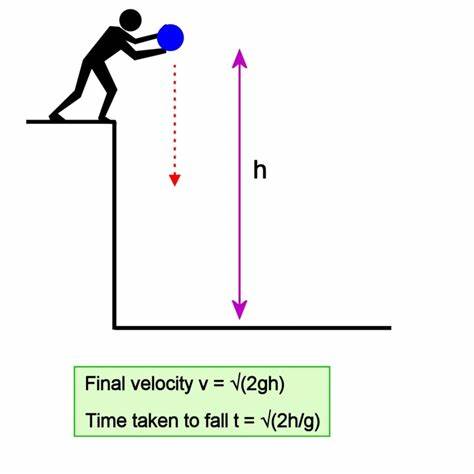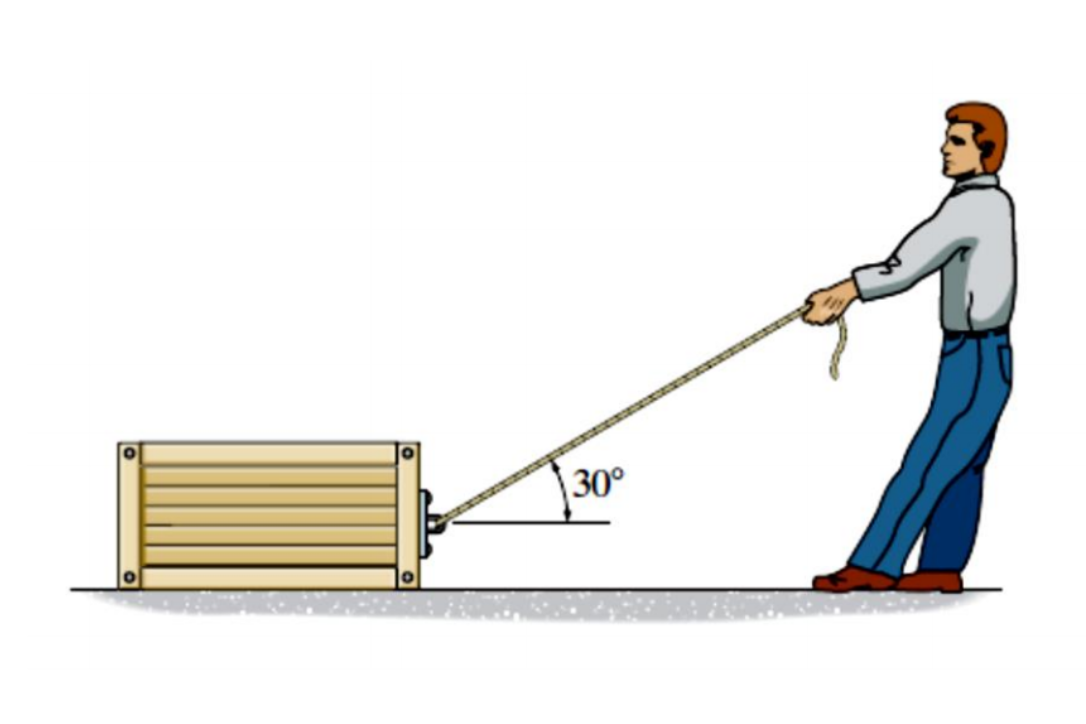GPE and KE
- Energy is often converted from one type to another. Once common example is gravitational potential energy (gpe) to kinetic energy (ke) and vice versa.
- We calculate KE using: KE = 1/2 mv² where m = mass and v = speed
- We calculate GPE using: GPE = mgh , where m = mass, g = gravity and h = height
- When an object is falling from a height, GPE is converted to KE. We can use this to calculate the velocity of an object right before it hits the ground.
- $$\begin{align*}mgh &= \frac{1}{2} mv^2 \\2gh &= v^2 \\v &= \sqrt{2gh}\end{align*}$$


